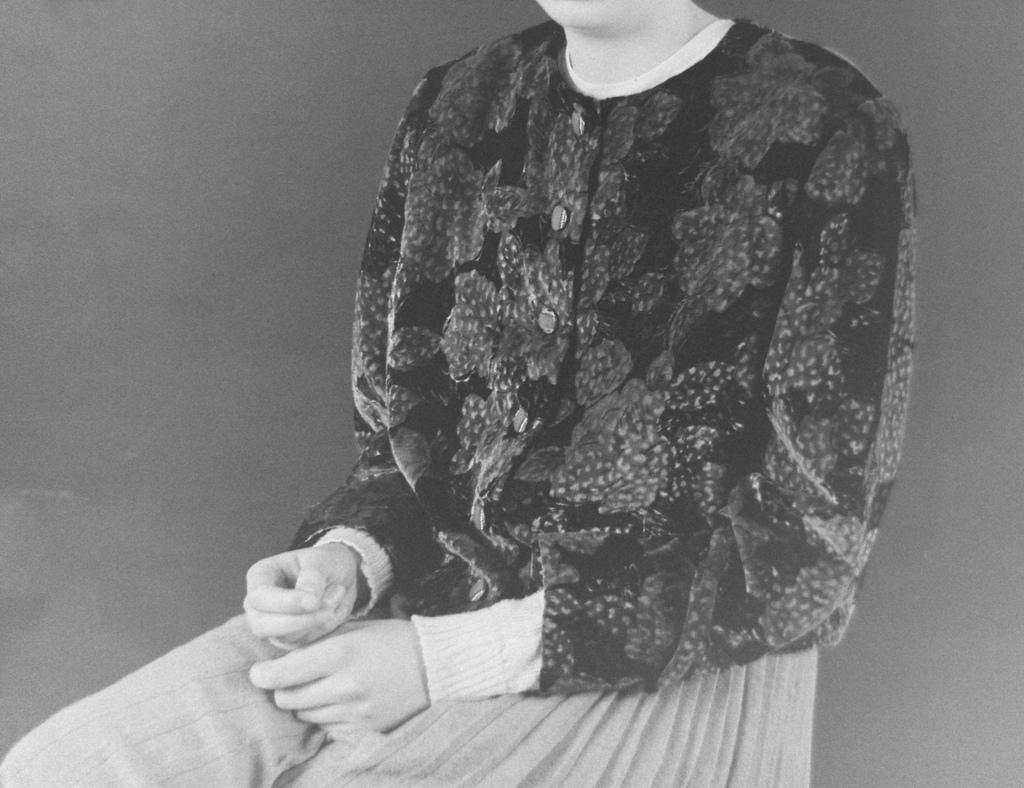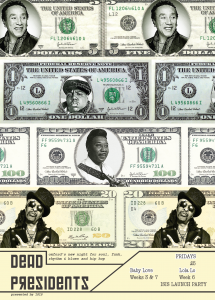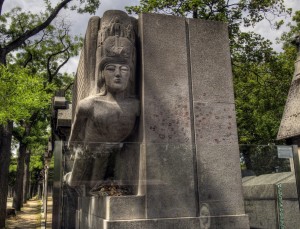
Keeping the Memory Alive (and Profitable): The problem of dead artists
by Joel Nelson | March 4, 2015
There has never been a better or a worse time to be a dead celebrity. In 2012 the annual revenue generated in the USA by dead celebrities was estimated by Forbes at $2.25bn. Their work will remain; their profits are ensured but their legacies are not. After an adulatory obituary and a flurry of resurgent interest, the administrators of the deceased’s estate are left with the problem of attempting to keep the deceased relevant while preserving their reputation. This is not easy. Family members tend to make bad decisions and companies that offer “the premier representative of celebrities and their estates” are usually motivated by profit. Reputations and artistic legacy tend to survive in spite of an estate’s actions, rather than as a result of them.
Specialist San Francisco art consultant, Alan Bamberger, noted that “leaving [one’s] art in control of immediate family members… can potentially do more harm than good in terms of [one’s] legacy as an artist”. John Lennon’s murder in 1980 cemented his reputation as a musical visionary and cultural icon. Since then, Yoko Ono and Sean Ono Lennon, the couple’s son, have maintained his legacy, cultural ubiquity and fame. Until, that is, they allowed Citroën to use him to sell cars. In a 2010 advert, Lennon was seen in a studio setting, discussing the nature of nostalgia in grainy colour. His image was then cut to reveal the new Citroën. Squaring “imagine no possessions” with such a flagrantly commercial act is a tough ask, there being no cultural association between the man and the product. In his defence, Sean Lennon argued that it was designed to keep his father in the public consciousness and introduce his image and personality to a new, younger audience. In reality, it was an attempt to ensure the marketability of Lennon’s image, person and music. But a reputation is easily tarnished. Lennon’s eloquence and idealism endowed him with unique intellectual weight and gravitas. To squander this by using him to sell a car was a mistake. The Beatles still top Rolling Stone magazine’s greatest band/album/song lists and Paul McCartney mentions Lennon constantly in every interview. His memory isn’t going to fade anytime soon but his credibility might if he’s tacked onto products that seek the prestige his image still gives.
The idea that an artist’s relevance depends upon offering a new product has been wholeheartedly embraced by Johnny Cash’s estate, headed by his son John Carter Cash. The singer-songwriter’s cultural prominence is a result of albums like At Folsolm Prison and At San Quentin and the emotionally charged work that he completed with Rick Rubin in the years directly prior to his death. Cash’s wilderness years in the ‘70s and ‘80s have been largely forgotten. He became a family entertainer and patriot, producing elevator music such as ‘Chicken In Black’. There are hundreds of Cash albums of little interest to anyone except the most ardent acolyte. Therefore the latest release in a string of new albums, 2014’s Out Among The Stars, did nothing but undermine his credibility. The album is sugary Nashville country-rock at its least innovative or engaging. Songs about a date in the Silver Spoon Café don’t fit with the Cash legend of murder, cocaine, amphetamines and redemption. Nor do remixes of Folsom Prison Blues by Pete Rock, the man best known for his pioneering work in combining jazz and hip-hop. This eternal need for a new product negatively impacts the general public’s perception of Cash. As Cash’s son, John Carter may seem like a suitable custodian of his father’s legacy, but familial bonds inhibit his decisions.
Far worse has been done though. The most damaging tendency of family members has been to conflate their own political beliefs with those of their deceased relative. Perhaps Richard Wagner’s anti-semitism might have been ignored were it not for his sister’s overt alignment of her brother’s music with the Nazis. Would those writing prefaces to Nietzsche’s work feel the same need to defend him from allegations of being a Nazi had his sister not courted the party in such a blatant manner? Hitler even attended her funeral. Within one’s lifetime such damage can be controlled – witness Eric Clapton’s call to ‘Keep Britain White’ – but not after death. While the art is never in question, association with family members impugns the artist. Often one’s reputation survives in spite of an estate’s actions, rather than as a result of them.
The use of companies does not necessarily guarantee a better service. CMG Worldwide has represented artists such as Jack Kerouac, Oscar Wilde, Marilyn Monroe and James Dean. Monroe’s earnings have remained so high in death because CMG licensed her image to everything from lingerie to Marilyn-shaped mobile phones wearing skirts that blow upwards when a call is received. Such companies are masterful at money making. Albert Einstein’s estate made ten million dollars from Nike trainers and Disney’s ‘Baby Einstein’ range. But the result is a depreciation of intellectual figures and cultural icons. Your image and your work are what remains after death and both feed into a wider legacy. The former is degraded, to the detriment of the work and to the destruction of a legacy. Reputation and enduring relevance depend upon the careful cultivation and preservation of the reasons for one’s success. The direct association between John Lennon and Citroën, Nietzsche and the Nazis, Johnny Cash and cheesy country music, all make the consumer less inclined to the creator and therefore to the work. In the short term these dead artists will continue to be intensely profitable but this will invariably cease. When it does the artists and their creations will have been cheapened.




